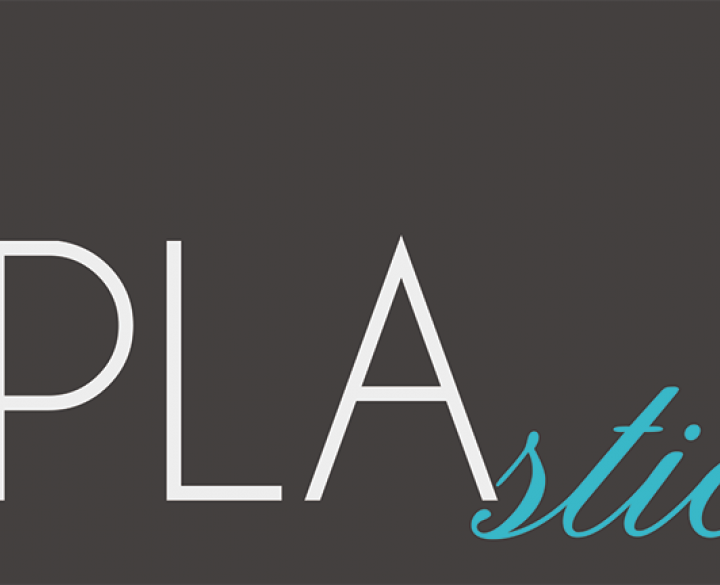Context
The interest in the use of renewable raw materials continues to grow. In addition to ‘drop-in’ biopolymers such as bio-PET, bio-PE and bio-PP, new polymers such as PLA, PBS, PHA, PA11 and (in the near future) PEF are available. TPS (thermoplastic starch) and PLA are already applied in several kton/year. PLA offers the best growth perspectives in durable applications because of its broad applicability, processability and inherent better stability. Furthermore, PLA is by far the cheapest of the new biopolymers and is well suited to be applied on larger scale. In the next 5 years, the production capacity is expected to grow to more than 800 kton in 2020.
However, PLA has a number of negative properties, such as high stiffness and high brittleness at temperatures below the glass transition temperature (Tg). By developing optimised polymer formulations and adapting the processing settings, high quality end products are produced in textile, film and injection moulding applications.
Nevertheless, the brittleness still is an important obstacle to the use of PLA on a larger scale in certain applications. For film and injection moulded products, TPS is often preferred in spite of its high cost price and limitations in processing, mechanical properties and durability.
PVC, having also a high intrinsic rigidity and Tg, proves that a high brittle character is not per se an insurmountable obstacle to PLA. Because of the development of suitable plasticisers, PVC is one of the most versatile applied polymers. It is being used in all possible processing techniques in extrusion, coating and even printing. All gradations, from extreme flexible and even stretchable (films, coatings, garden hoses, packaging) to hard end products (building materials) are being commercialized with PVC.
Aims
The main goal of the PLAsticised project is to develop optimised plasticiser-PLA formulations for both existing PLA extrusion applications and newly to be developed applications in coating, printing and hotmelt technology.
Besides improving the targeted properties of the end products, the aim is to acquire an increased knowledge about the applicability of renewable PLA raw materials.
In this development, maximum attention is given to the ecological impact, to ensure that the ecological relevance of the development is maintained.
Approach
PLAsticised focuses on the selection and applicability of optimised (biobased) plasticisers for PLA, and their effects on Tg, flexibility and related properties. The impact on the processing conditions and all quality parameters such as dyeability, maintenance possibilities, thermal resistance, migration parameters, UV stability, burning behaviour etc. will be determined in function of targeted applications.
The interaction of the experimental plasticisers with functional additives will be determined as well. This will prepare the basis to advise the industry on the implementation of plasticisers in a broad range of PLA melt processing applications. This may result in a further growth of the volume of PLA being used in the industry. Applications using TPS or PO are targeted. Also new applications such as extrusion coating on yarns or fabrics or on metal filaments are being targeted. Plasticised PLA can be an alternative for some PVC and PO applications.
New PLA application techniques, in which the use of plasticisers is of the utmost importance, will be developed too. Following the example of PVC coating technology, dispersion of PLA powder in water and plastisols will be evaluated in diverse coating techniques (dipcoating, foam coating…). These formulations also have the potential to being applied via a printing process. They can offer an alternative to some coatings currently realised in PVC, PU or acrylics. Flexible low-melting plasticised PLA will also be evaluated for use as hotmelts.
Companies from diverse target groups will be stimulated to implement the acquired knowledge and developed formulations in their applications.
Target group
The project addresses a broad range of companies, including textile extrusion companies (fibres, monofilaments, multifilaments, tapes) and plastic converting companies (film, profile extrusion, injection moulding).
The newly developed coating formulations will have potential for the coating, finishing, and printing of a range of substrates. Not only textiles but also applications on metal, plastics or paper are being targeted.
The project also foresees an important valorisation potential for producers of biopolymers, potential (bio)plasticisers and other additives and for companies producing formulations. The companies from the target group can steer the project by participating in the users committee. The industrial applicability of the project results will be demonstrated by means of concrete demonstrator cases.




